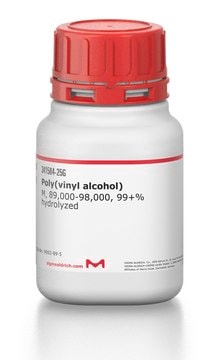900984
Flexible Thermoplastic Copolyester (TPC) Printing Filament
1.75mm, red
Synonym(e):
FlexiFil™, TPC filament
About This Item
Empfohlene Produkte
Beschreibung
Filament diameter: 1.75 ± 0.05 mm
Filament roundness: ≥95%
Melt flow rate: 39 cc/10 min
Melt temperature: ±180 °C
Print temperature: ±220-260 °C
Specific gravity: 1.14 g/cc
Spool Hub Diameter: 52 mm
Spool Size (D x H): 200 mm x 55 mm
Viscat softening temperature: ±90 °C
Form
solid (Filament)
Härte
45D (, Shore D Hardness)
Farbe
red
Suchen Sie nach ähnlichen Produkten? Aufrufen Leitfaden zum Produktvergleich
Allgemeine Beschreibung
Anwendung
Rechtliche Hinweise
FlexiFil™ is a trademark of Formfutura VOF
Lagerklassenschlüssel
11 - Combustible Solids
WGK
WGK 3
Flammpunkt (°F)
Not applicable
Flammpunkt (°C)
Not applicable
Hier finden Sie alle aktuellen Versionen:
Analysenzertifikate (COA)
It looks like we've run into a problem, but you can still download Certificates of Analysis from our Dokumente section.
Wenn Sie Hilfe benötigen, wenden Sie sich bitte an Kundensupport
Besitzen Sie dieses Produkt bereits?
In der Dokumentenbibliothek finden Sie die Dokumentation zu den Produkten, die Sie kürzlich erworben haben.
Active Filters
Unser Team von Wissenschaftlern verfügt über Erfahrung in allen Forschungsbereichen einschließlich Life Science, Materialwissenschaften, chemischer Synthese, Chromatographie, Analytik und vielen mehr..
Setzen Sie sich mit dem technischen Dienst in Verbindung.








